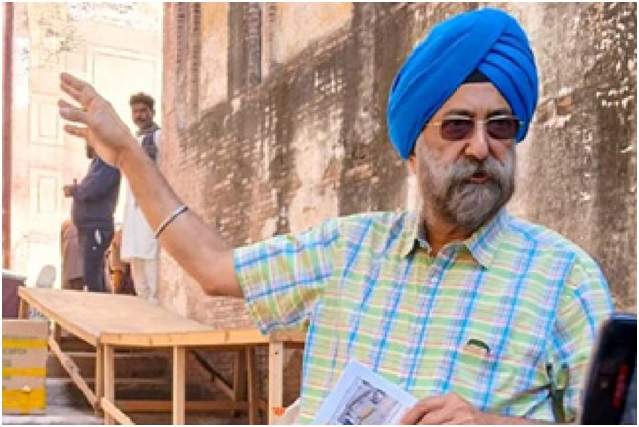
A US-based researcher, Dr. Tarunjit Singh Butalia, has identified nearly 100 Sikh-era monuments at Lahore Fort, of which about 30 no longer exist. To provide a detailed historical account, the Walled City of Lahore Authority (WCLA) has engaged Dr. Butalia to write a tour guidebook, Lahore Fort during the Sikh Empire.
Dr. Butalia, whose ancestors held positions in the Sikh court, described Lahore Fort as a site of deep historical and emotional significance for Sikhs. “The fort was the seat of power for the Sikh Empire for nearly 50 years,” he said, emphasizing the division of Sikh heritage post-1947 and the renewed accessibility for Sikhs due to visa liberalization.
Lahore Fort, originally built by Mughal emperors in the 16th century, was taken over by the Sikh Empire in 1799 and remained under its control until 1849 when the British repurposed it as a military garrison. Maharaja Ranjit Singh and his successors preserved and enhanced its structures, adding sites such as Hazuri Bagh Baradari and Gurdwara Dera Sahib, which commemorates the martyrdom of Guru Arjan Dev.
During his research, Dr. Butalia uncovered over 20 maps and sketches of the fort dating back to 1825, revealing that it was commonly referred to as Shahi Qila or Qila Mubarak during the Sikh period. He compiled a comprehensive map detailing Sikh-era monuments and a proposed tour pathway starting and ending at Bastion Café. Historical photographs and sketches have been included to illustrate structures that no longer exist.
Dr. Butalia noted that much of the historical narrative about the Sikh era in Lahore Fort is misrepresented. Through his guidebook, he aims to provide an accurate and immersive historical experience for visitors, ensuring the Sikh legacy in Lahore Fort is recognized and preserved.


